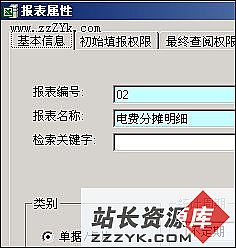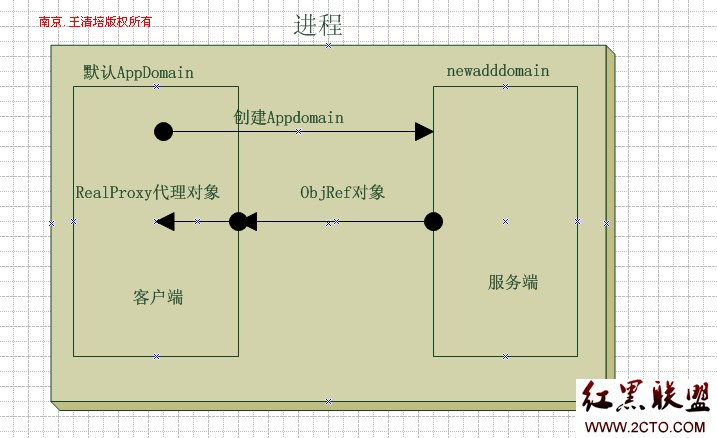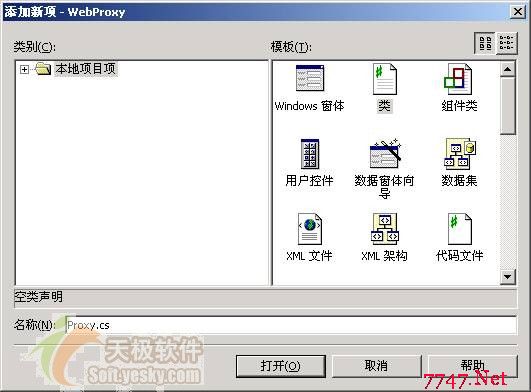答案:Recordset is another created/instanciated Object. It is a collection of data taken from a database. Recordset has 26 properties, 25 methods, 11 events, and two (2) collections. The vast majority of Recordset is beyond the scope of this web site.
Quick Aside:
The database we are using for lesson 16 and lesson 17 is an MS Access 2000 file (not the best database for large sites). The file is called htmlColor.mdb and it has a single Table called colorChart. The database Table has three columns and they are called ID, colorName, and hexValue.
The illustration below shows how we will cycle through these records.
|
|
|
In this example we cycle through the records row by row. We will use the MoveNext() Method to go from record #1 to #2, etc. Then, we will access specific data in each row by using the column name.
Get Started:
Below is the script for Lesson 17. It's exactly the same as the script for lesson 16. The difference is that we will focus on those lines of code that deal with Recordsets.
<%@LANGUAGE="JavaScript"%>
<!-- METADATA TYPE="typelib"
FILE="C:\Program Files\Common Files\System\ado\msado15.dll" -->
<HTML>
<BODY>
<%
var myConnect = "Provider=Microsoft.Jet.OLEDB.4.0; Data Source=";
myConnect += Server.MapPath("\\");
myConnect += "\\GlobalScripts\\htmlColor.mdb;";
var ConnectObj = Server.CreateObject("ADODB.Connection");
var RS = Server.CreateObject("ADODB.Recordset");
var sql="SELECT ID, colorName, hexValue FROM colorChart;";
ConnectObj.Open (myConnect);
RS.Open(sql,ConnectObj,adOpenForwardOnly,adLockReadOnly,adCmdText);
Response.Write("<TABLE BORDER=\"1\" CELLSPACING=\"0\">\r");
Response.Write("<TR><TH>ID</TH><TH>colorName</TH>");
Response.Write("<TH>hexValue</TH></TR>\r");
while (!RS.EOF)
{
Response.Write("<TR><TD>" +RS("ID")+ "</TD><TD BGCOLOR=\"#");
Response.Write( RS("hexValue")+ "\">" + RS("colorName") );
Response.Write("</TD><TD>" +RS("hexValue")+ "</TD></TR>\r");
RS.MoveNext();
}
Response.Write("</TABLE>\r");
RS.Close();
ConnectObj.Close();
RS = null;
ConnectObj = null;
%>
</BODY>
</HTML>
Click Here to run the script in a new window.
The DLL:
We'll dissect the Recordset statements from top to bottom. In this case that means starting with the Dynamic Link Library.
<!-- METADATA TYPE="typelib" FILE="C:\Program Files\Common Files\System\ado\msado15.dll" -->
What in the world is a DLL? A Dynamic Link Library holds values without tying up memory. Here's how it works. If you try to use a variable that is undefined, ASP will first look it up in the DLL. You'll notice in the
Managing the Recordset:
First we must instanciate a Recordset, which we do in the little snippet below.
var RS = Server.CreateObject("ADODB.Recordset");
Next we create a Text Command. The text in question comes in the form of S.Q.L. (Structured Query Language). SQL is beyond the scope of this web site, but the command below means select ID, colorName and hexValue from the colorChart Table.
var sql="SELECT ID, colorName, hexValue FROM colorChart;";
Then we open the Recordset. The five arguments in order are: source, connection, cursor type, lock type, and options .
RS.Open(sql,ConnectObj,adOpenForwardOnly,adLockReadOnly,adCmdText);
Using a loop, we tell ASP to do certain things for as long as we haven't hit EOF, which means End of File.
while (!RS.EOF)
Next, we access specific collums in the Recordset by name.
Response.Write( RS("hexValue") + "\">" + RS("colorName") );
Then we move down from one row of records to the next.
RS.MoveNext();
Finally, when we reach EOF, the loop relinquishes control and we can close the Recordset Object.
RS.Close();
The Rest of The Story:
This is by no means a complete lesson on Recordsets; it wasn't meant to be. The rest of the story on Recordsets is out there, on the internet, and in books. There is one other thing we have to talk about with Recordsets. We do that in lesson 18.
上一个:javascript asp教程第九课--cookies
下一个:javascript asp教程第八课--request对象
- 更多asp疑问解答:
- asp正则过滤重复字符串的代码
- 用asp过滤全部html但保留br类似的符号
- 会asp,但感觉asp要过点,想学php。但我一般做的都是小公司的站,用access数
- PHP的空间可以用ASP的源代码吗?
- 以前做asp程序,现在应该怎样发展?是学.net还是php
- 以前做asp程序,现在应该怎样发展?是学.net还是php
- 想做一个市级的人才网acess,sql数据库,语言asp,jsp,php分别用哪种好
- jsp,asp,php 区别
- 我想找一个有比较多漏洞的网站的源码,比如可以asp,php注入等都可以。供学习研究用。请提供下载地址。。
- 现在候找人做个网站,用ASP,还是PHP语言去做好
- asp,php ,jsp,.net 对于做网站前台的重要吗?
- asp和php的区别是什么?
- 我是新手SEO菜鸟 请问wp dw php asp cms myspl dede 这些软件应该如何区分呀?
- 网页制作相关的三种语言:ASP JSP PHP那个好点,简单点?
- 网页制作相关的三种语言:ASP JSP PHP那个好点,简单点?





